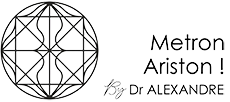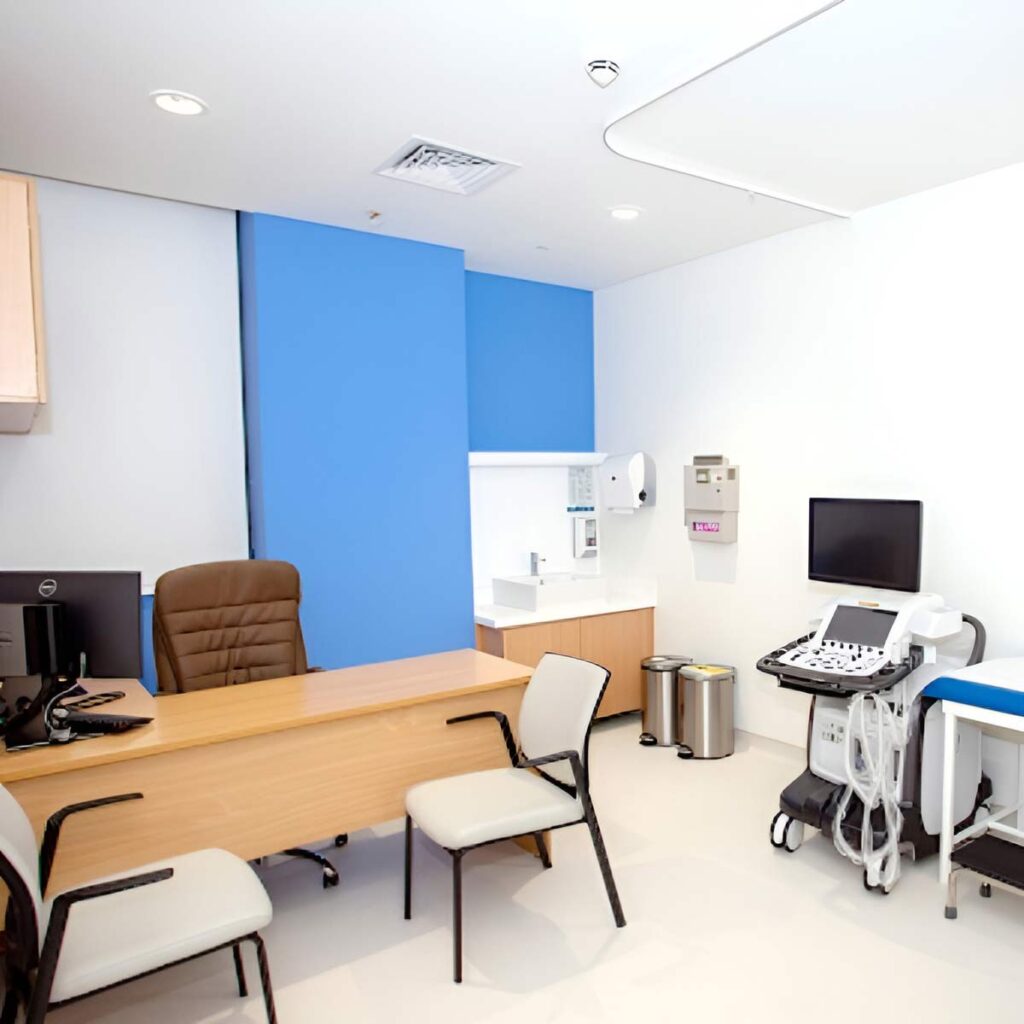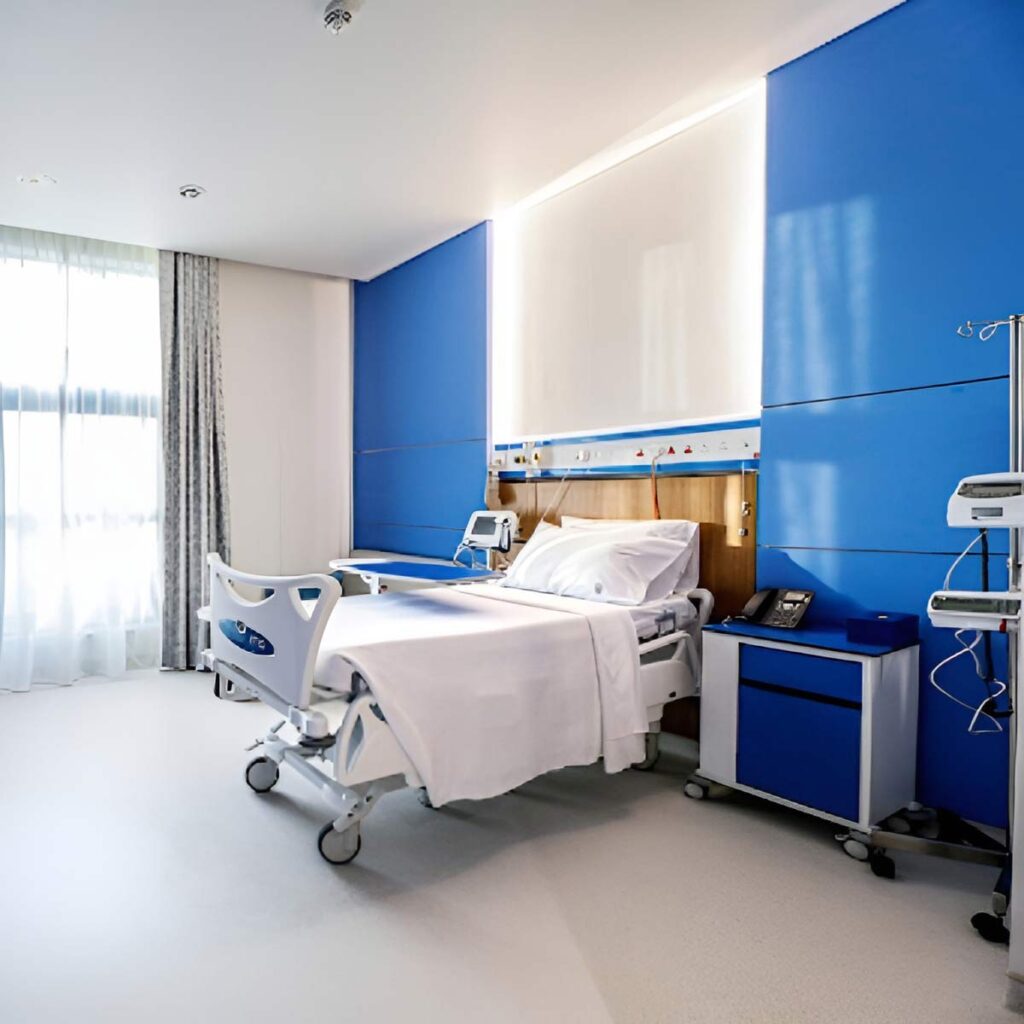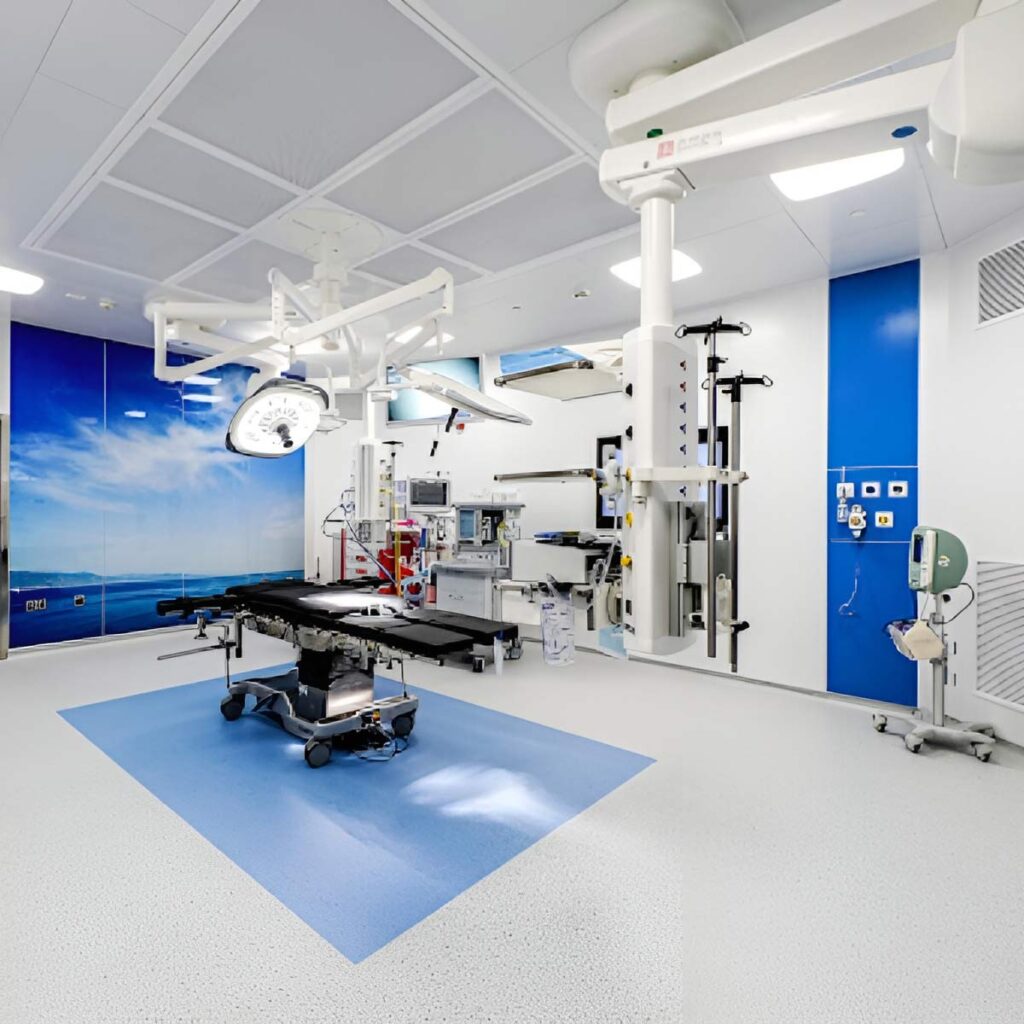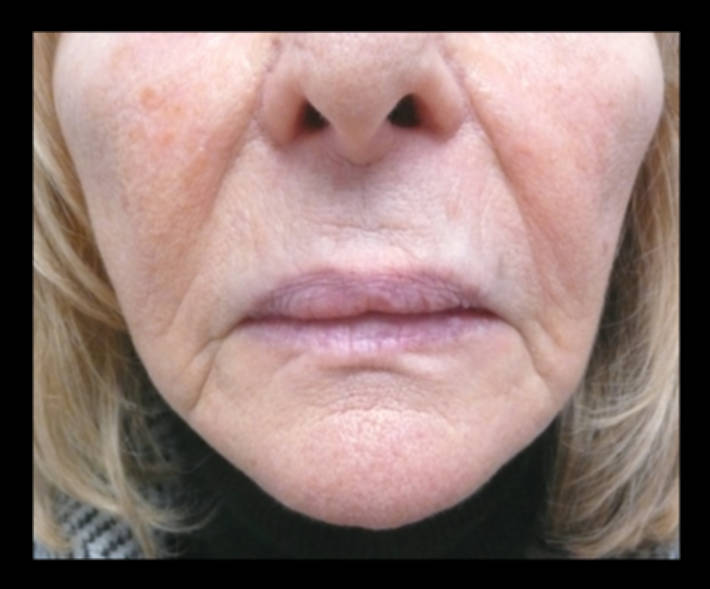Dermal Fillers in Dubai
Soft Tissue Fillers, also known as injectable implants, dermal fillers, or wrinkle fillers, are medical device implants helping to create a smoother and/or fuller appearance in the face, including nasolabial folds, cheeks and lips and for increasing the volume of the back of the hand.
Dermal fillers help diminish facial lines and restore volume and fullness in the face, being particularly helpful in patients with early signs of aging, or as a value-added part of facial rejuvenation surgery. As we age, our faces naturally lose subcutaneous fat. The facial muscles are then working closer to the skin surface, so smile lines and crow’s feet become more apparent. The facial skin also stretches a bit, adding to this loss of facial volume. Other factors that affect the facial skin include sun exposure, heredity, and lifestyle. Dermal fillers can be used to:
Book A Free Consultation
Dr. Alexandre Dionys M.d., Ph.d.
Book A Free Consultation
Hospital Facilities
Our state of the art facilities are designed for premium plastic surgery services, making use of advanced technologies and enabling the application of innovative techniques.
Our patients benefit from the latest advancements in aesthetic surgery procedures, which ensure minimal downtime and optimal results.
Our facilities are equipped with cutting edge technologies and provide a comforting environment, focusing on delivering not just transformative plastic surgery solutions but also a superior patient experience. The dedicated staff, from the doctors to support personnel, is committed to maintaining the highest standards of patient care, making Dr. Alexandre a top choice for high-quality plastic surgery services in a sophisticated setting.
Before the procedure
TThere is no need for special preparation. For women, it is recommended to come without any make-up or to remove it just before the injection.
It is very important to minimize the bleeding risk, at the treated areas, by avoiding aspirin for 15 days before and after the session. We must also respect the following contra-indications:
From a general point of view, don’t hesitate to mention to your physician any health problem you may have, to allow him to counterbalance the indications and get optimal results.
The procedure
The treatment consists on a series of injections. Strategic points on the patient’s face may be marked as the appropriate injection sites for the filler. Pain at the injection site may be ameliorated by use of a very cold instrument to chill the skin (i.e. ice), anesthetic ointment to numb the skin – Eutectic Mixture of Local Anesthesia (EMLA) cream 5%, or injection of local anesthesia with Lidocaine
Injection usually takes only a few minutes per site. The process of injecting, massaging, and evaluating the result is performed, and additional filler added as needed. Depending on the number of areas to be treated, the whole process may be as short as 15-30 minutes, or as long as an hour.
An ice pack may be offered to reduce swelling and alleviate discomfort. Although the area may feel a bit tender for a day or two, it is usually not painful enough to require any medication.
After the procedure: the follow-up
Usually, the after injection period is uneventful. The patients can go back to their normal life after the injections. Some rare undesirable but transitory effects may occur, like:
Ocular or facial fugacious pains: such pains have been described in the treated region but remain exceptionally rare.
Redness at the injected points, rarely persisting more than 3 to 6 days
Ecchymosis (bruises), rarely observed and may stay a couple of days
Edema: a swelling, more often around the eyes, may appear progressively within 4 to 5 days and then decrease within a few days or weeks.
Sensibility failure: an impression of tension or fixity at the forehead, mouth or neck, depending on the treated area, as well as a modified sensibility, related to the feeling of a “cardboard” skin, may stay for a few days.
The result
The expected results of soft tissue augmentation using dermal fillers are apparent immediately and in most cases are impressive. The patient’s initial appearance after treatment with any filler may include: a) An “over-filled” appearance to treated areas, b) Mild swelling or bruising, c) Temporary numbness or redness
These conditions can be alleviated with topical icing and will improve within a matter of hours or just a few days. When the patient’s own fat is the injected “filler”, the healing process is longer and may take a few weeks.
The continued aging of any patient’s face and variables in the absorption of fillers will affect how long the results last.

